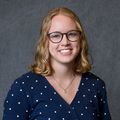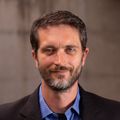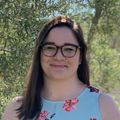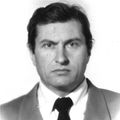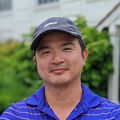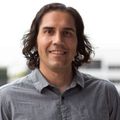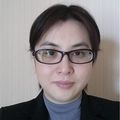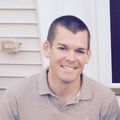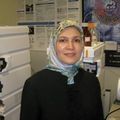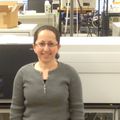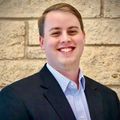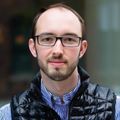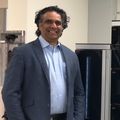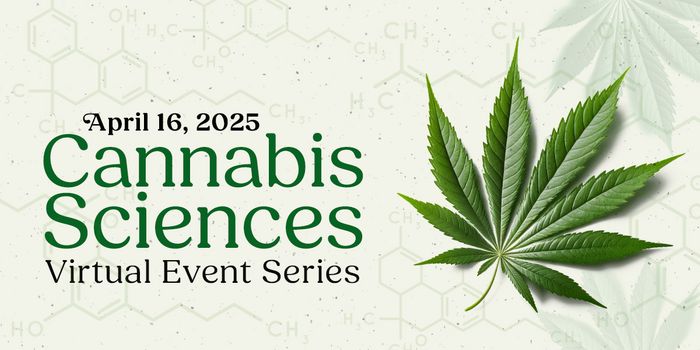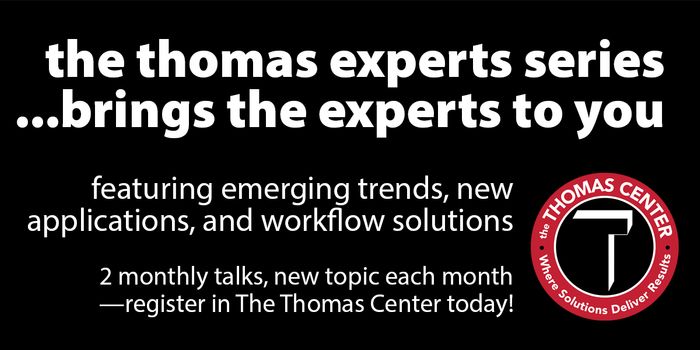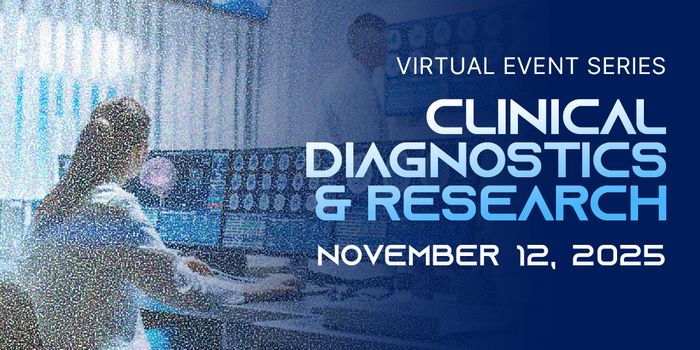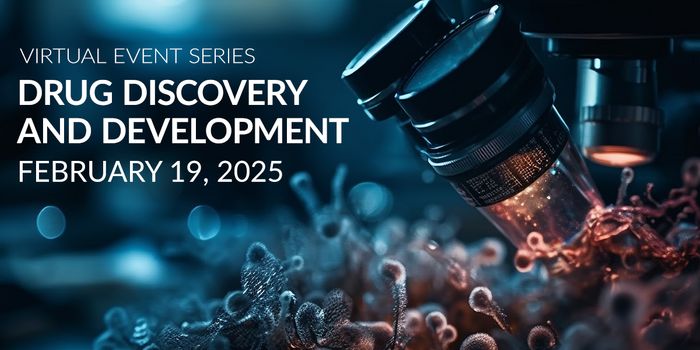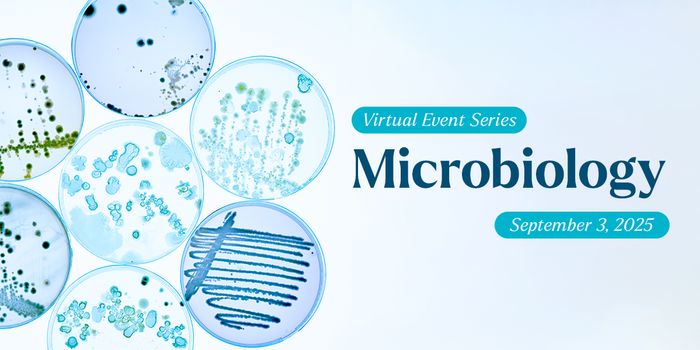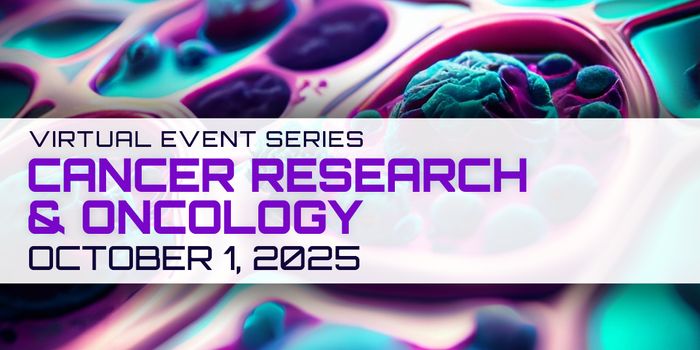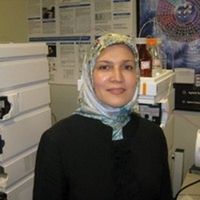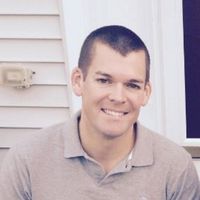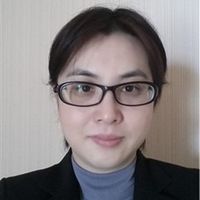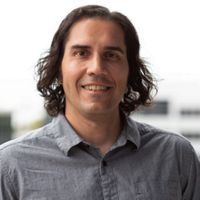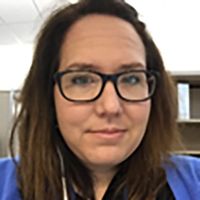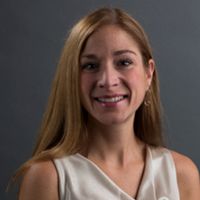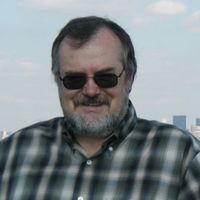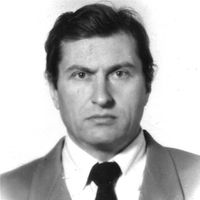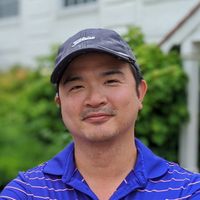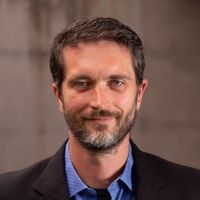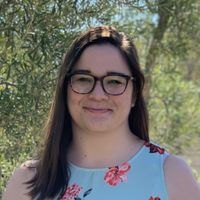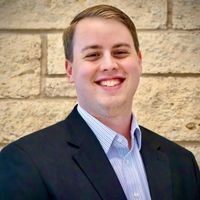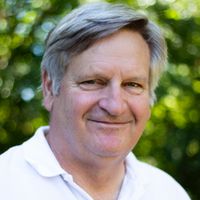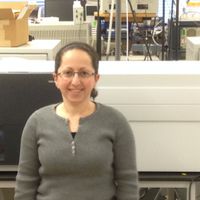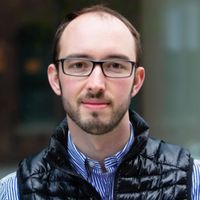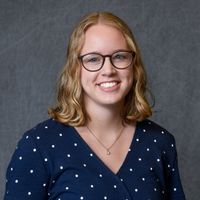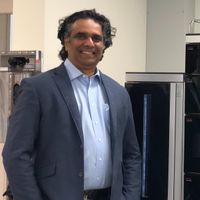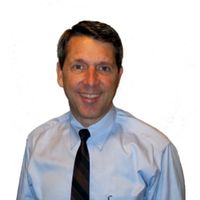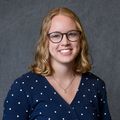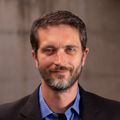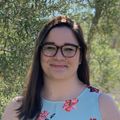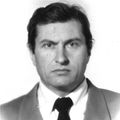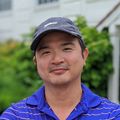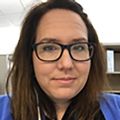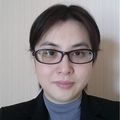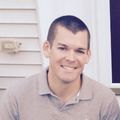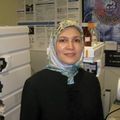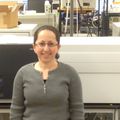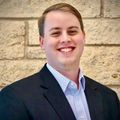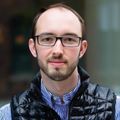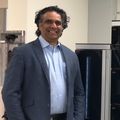Solving the Unsolved in Mass Spec; Agilent Innovation and Collaboration For Today's Lab
In today's world we strive to exceed expectations. Every day we become one step closer to solving some of the most complex scientific challenges of our time. Sometimes, it feels impossible that we will find the answers, but history has shown us that no obstacle is too big to overcome. Join us as we continue to solve problems that were once thought to be unsolvable in the world of mass spectrometry!
We have selected the best in class scientists to dive into the latest groundbreaking innovations in mass spectrometry. We will begin with life science advances in Ion Mobility, advanced software workflows, and high throughput solutions and later move into exceptional environmental and forensic toxicology applications. You are not going to want to miss a second of the action.
Day 1
Day 2
Agenda Share
-
NOV 11, 2020 1:30 PM PST
Absolute and Relative Quantitation for Targeted Metabolomics and Lipidomics
-
NOV 11, 2020 12:30 PM PST
Increasing MS Productivity: A "Self-Driving" Mass Spectrometer Designed for Non-MS Experts
-
NOV 11, 2020 11:45 AM PST
Robust and Reproducible Protein Quantification in Plasma using Evosep One and Agilent 6495 LC/TQ
-
-
NOV 10, 2020 2:30 PM PST
Characterization of MassTech AP MALDI Source with Agilent 6545 QTOF and 6560 IM-QTOF for MS Imaging
Vladimir M. Doroshenko, PhDChief Executive Officer, MassTech Inc.Eugene Moskovets, PhDPrincipal Scientist, MassTech Inc.Richard LeeHead of Marketing and Business Development, MassTech In... -
NOV 10, 2020 1:45 PM PST
Exploring Agilent Software for Machine Learning and Classification with High Resolution Liquid Chromatography Mass Spectrometry Data and Experimental Design Ideas to Maximize Success
Dan Cuthbertson, PhDField Application Scientist, AgilentKaren Yannell. PhDLC/MS Application Engineer, Agilent -
NOV 10, 2020 12:15 PM PST
Native MS and IM-MS Analyses of Large Proteins and Protein Complexes
Christopher Mallis
Pursuing his Ph.D. in Chemistry under the direction of Prof. David. H. Russell, Texas A&M UniversityBIOGRAPHY -
NOV 10, 2020 11:15 AM PST
Electron fragmentation-based workflows for characterizing proteoforms with Agilent Q-ToFs
Joseph S. Beckman, PhDCEO of e-MSion, Inc., e-MSion Inc.Rebecca Glaskin, PhDLC/MS Application Scientist, AgilentCody SchwarzerField System Specialist, Agilent -
NOV 10, 2020 10:30 AM PST
Characterization and quantification of synthetic oligonucleotides using HRAM and QQQ
-
NOV 10, 2020 9:30 AM PST
Developing multidimensional Skyline spectral libraries for rapid lipid analysis
Kaylie Kirkwood
NC State University Graduate Student, Baker Lab - Department of Chemistry, NC State UniversityBIOGRAPHY -
-
NOV 10, 2020 8:00 AM PST
Recent Developments in Ion Mobility - Mass Spectrometry: Enabling Structural and Isomeric Separation for Large and Small Molecules
Speakers Share
-
John Fjeldsted, PhD
Senior Director for Intellectual Property & Ion Mobility, Agilent
BIOGRAPHY
-
Kaylie Kirkwood
NC State University Graduate Student, Baker Lab - Department of Chemistry, NC State University
BIOGRAPHY
-
Peter Rye, PhD
LCMS Applications Scientist, Agilent
BIOGRAPHY
-
Joseph S. Beckman, PhD
CEO of e-MSion, Inc., e-MSion Inc.
BIOGRAPHY
-
Caroline S. Chu, PhD
LC/MS Application Scientist, Agilent
BIOGRAPHY
-
Dan Cuthbertson, PhD
Field Application Scientist, Agilent
BIOGRAPHY
-
Karen Yannell. PhD
LC/MS Application Engineer, Agilent
BIOGRAPHY
-
Vladimir M. Doroshenko, PhD
Chief Executive Officer, MassTech Inc.
BIOGRAPHY
-
Eugene Moskovets, PhD
Principal Scientist, MassTech Inc.
BIOGRAPHY
-
Richard Lee
Head of Marketing and Business Development, MassTech Inc.
BIOGRAPHY
-
Emily Parry, PhD
LC/MS Applications Scientist, Agilent Technologies
BIOGRAPHY
-
Paul Auger
Senior Scientist in the DMPK Department, Denali Therapeutics
BIOGRAPHY
-
Linfeng Wu, PhD
LC/MS Application Scientist, Agilent
BIOGRAPHY
-
Patrick Cronan
LC Applications Scientist, Agilent
BIOGRAPHY
-
Sheher Banu Mohsin, PhD
Senior Applications Scientist, Agilent
BIOGRAPHY
-
Rebecca Glaskin, PhD
LC/MS Application Scientist, Agilent
BIOGRAPHY
-
Christopher Mallis
Pursuing his Ph.D. in Chemistry under the direction of Prof. David. H. Russell, Texas A&M University
BIOGRAPHY
-
Cody Schwarzer
Field System Specialist, Agilent
BIOGRAPHY
-
Pete Stone
Senior LC/MS Applications Scientist, Agilent
BIOGRAPHY
-
Harsha Gunawardena, PhD
Janssen Research & Development, Johnson & Johnson
BIOGRAPHY
-
Dr. Julie Cichelli
Agilent LC/MS applications Scientist, Agilent
BIOGRAPHY
-
Jim Lau
HRAMS LC/MS Application Engineer, Agilent
BIOGRAPHY




